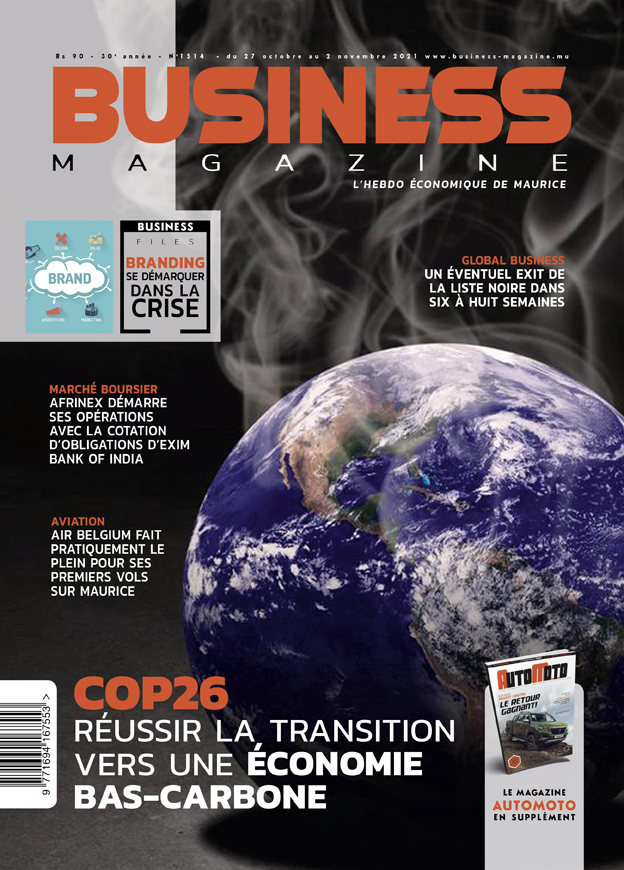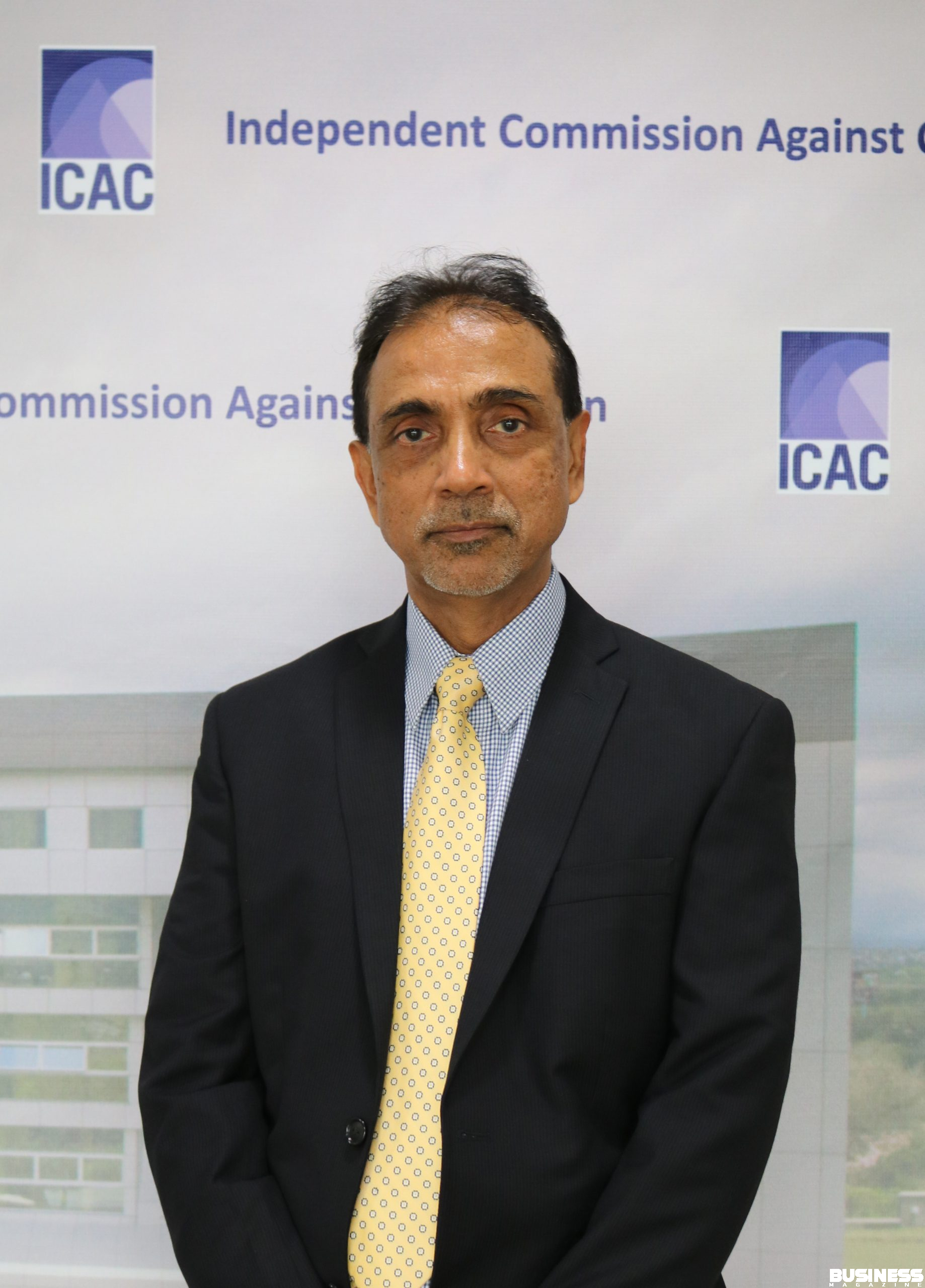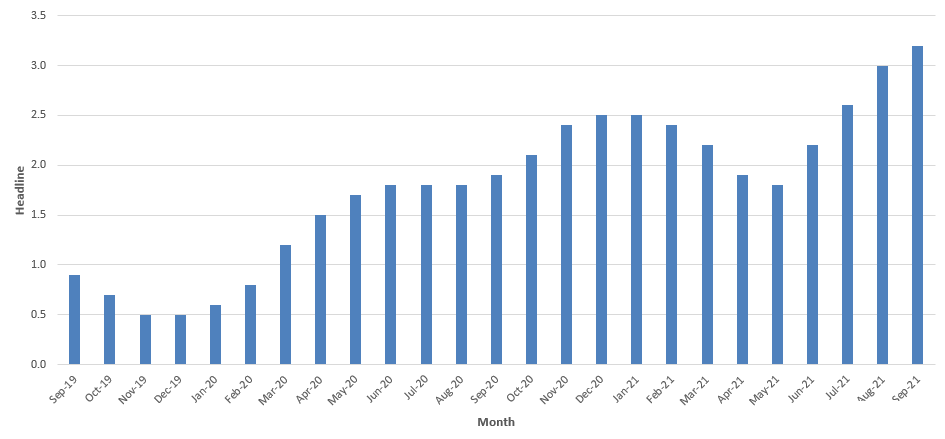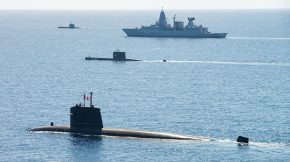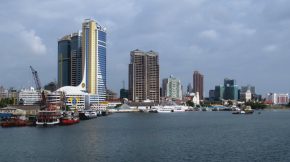The birth of a new economic powerhouse
Share

From a business perspective, South-East Asia has long been an interesting but unsynchronised collection of smaller markets, but that is rapidly changing.
More than eleven years in the making, the Asean Economic Community (AEC) will come into existence on December 31, 2015. As Asia rolls into the new year, the dream of a single market and production base encompassing the 10 members of the Association of South-East Asian Nations will become formal reality, a milestone in a project which looks set to deliver a new round of growth and opportunities for regional and international investors.
An economically unified Asean will represent a market of 640 million people with a combined GDP of $2.4 trillion: if it were a nation, it would already be the world’s seventh largest economy, 25 percent larger than India. McKinsey and Company forecasts that the number of middle-class households in the region will more than double to 163 million between now and 2030.
The road to the AEC has been long, and the celebrations at the end of this year will not mark the end of the journey. The latest AEC scorecard came out in 2012 and estimated that member nations had achieved 67.5 percent of their integration targets by that date. Further progress has been made since then, but some of the most thorny issues – including free trade in food products and key service sectors – remain works in progress.
Asean is also spectacularly diverse, making the creation of a one-size-fits-all market even more challenging. GDP per capita in Singapore, Asean’s richest member, is more than 20 times that of Myanmar, its poorest. It embraces everything from an absolute monarchy to nations with roots in communism; and it is founded on the principle of non-interference, which means that all members have to agree on measures before they can be implemented.
But even if the AEC will not be perfect and fully formed, its establishment will mark a milestone by underlining its’ members’ commitment walking a one-way path to greater integration.
The pace of convergence has recently accele-rated as the potential synergies – the opportunity to create something that is substantially greater than the sum of its parts – become clearer. The region’s diversity is a challenge but it is also an unmatched opportunity for self-sustaining growth: there are resource suppliers and resource consumers; high-value-added producers making the goods that aspirational high-volume low-margin producers want and vice versa; and there is a clear understanding that together they can take on the world’s biggest producers and markets on their own terms.
But to achieve this, Asean needs to maintain the momentum towards integration. The final steps to a common market will be the hardest because they will have the most impact on domestic interests, but they will also be the most important if the region is to fulfil its aims of sustainable and equitable growth.
There are three interlinked priorities: trade connectivity, financial connectivity and physical connectivity.
The group needs to keep up the pressure to dismantle tariff and non-tariff trade barriers, including for services industries. Much of Asia’s new growth, particularly in middle-income countries like Thailand and Malaysia, is going to come from the services sector and progress will be both faster and more stable if it can draw on a regional rather than a national talent pool.
This is particularly important when it comes to financial services. Frictionless cross-border banking will facilitate the growth of supply chains, both in terms of geographic breadth and skills depth, and will allow the pooling of assets for vital investments in the next phase of growth.
And that means infrastructure. Without significantly more investment in the physical hardware of connectivity – the roads, railways and ports that make trade possible – and the financial architecture to pay for it, the dream of a self-sustaining Asean economic powerhouse will never be fully realised.
The need for more and better infrastructure is widely recognised, but the region is struggling to find a sustainable way to pay for it. Asia has traditionally relied on bank loans for the bulk of its financing needs, but the scale and duration of the demand for infrastructure investment puts it in a different league.
Asean needs deeper, better connected and more efficient local debt and equity capital markets to transform its savings into investment for its next phase of growth, and it needs a harmonisedregulatory system to protect both lenders and borrowers.
The full AEC vision is of a region connected physically, commercially and financially. December 31 will be important, but it marks neither the beginning nor the end of the process. The Community’s framers can look back at their achievements with pride, but it is more important that they look forward with determination.
The Association of South-East Asian Nations includes Brunei, Cambodia, Indonesia, Laos, Malaysia, Myanmar, The Philippines, Singapore, Thailand and Vietnam.

